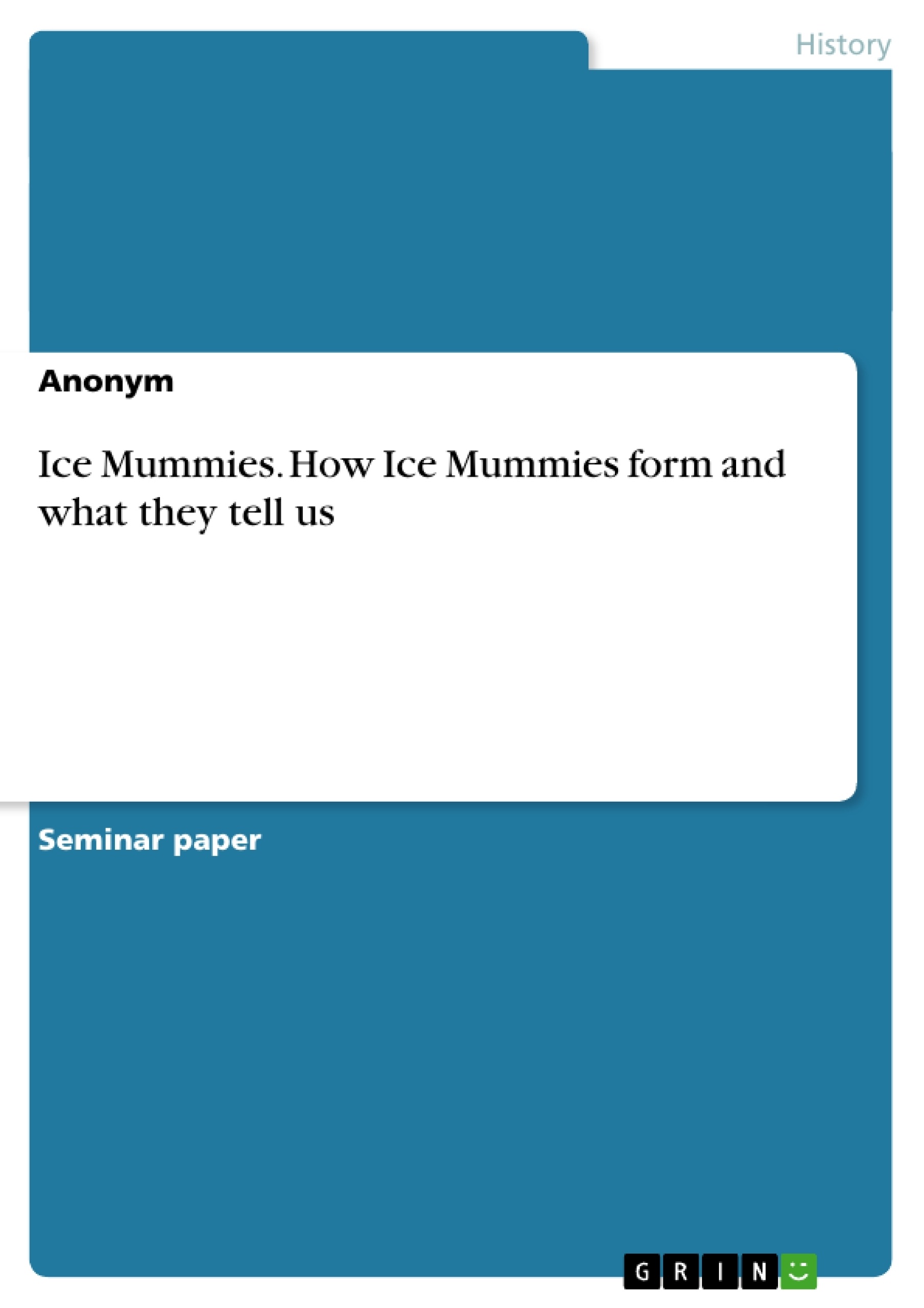Ice mummies like Kwäday Dan Ts’inchì and Ötzi are rare treasures which can tell us as much about the past as a history book can. The mummies could form, because of the combination of cold temperatures, ice and dehydration. With the help of methods like isotope analysis and carbon dating, researchers were able to make the mummies talk. Especially Ötzi has completely changed the way archaeologists see the stone ages.
Table of Contents
- Introduction
- History of the Study of Mummies
- Process of Mummification
- The Famous Ice Mummy Ötzi
Objectives and Key Themes
This text aims to provide an overview of the history and processes involved in mummification, focusing particularly on ice mummies. It examines the evolution of mummy studies from anecdotal observations to more scientific and comprehensive approaches. The text also explores the factors that contribute to natural and deliberate mummification processes.
- History of mummy studies
- Processes of mummification
- The role of ice in mummification
- The significance of ice mummies as messengers of the past
- The case study of Ötzi, the famous ice mummy
Chapter Summaries
The Introduction explores the origins of the term "mummy" and its evolution from a reference to medicinal asphalt to its current meaning. It then introduces various types of mummies, including ice mummies, and highlights their significance as messengers of the past.
The chapter on the History of the Study of Mummies examines the development of mummy studies from early, often sensationalized unrollings to the more scientific approaches of the 20th century. It highlights the contributions of key figures like Thomas Pettigrew, John Davidson, Samuel George Johnson, and Elliot Smith. It also emphasizes the shift from case-oriented studies to more comprehensive and organized research.
The Process of Mummification chapter discusses the factors that contribute to both natural and deliberate mummification. It details the decomposition process and explains how factors like dehydration, acidity, temperature, and the presence of substances like alcohol can influence or inhibit decomposition.
Keywords
The primary focus of this text is on mummies, particularly ice mummies, and their role as historical artifacts. Key terms include mummification, decomposition, ice mummies, Ötzi, the history of mummy studies, and the scientific methodologies employed in mummy research. The text explores themes of historical preservation, anthropological research, and the significance of ancient remains for understanding the past.
- Quote paper
- Anonym (Author), 2009, Ice Mummies. How Ice Mummies form and what they tell us, Munich, GRIN Verlag, https://www.grin.com/document/131624




